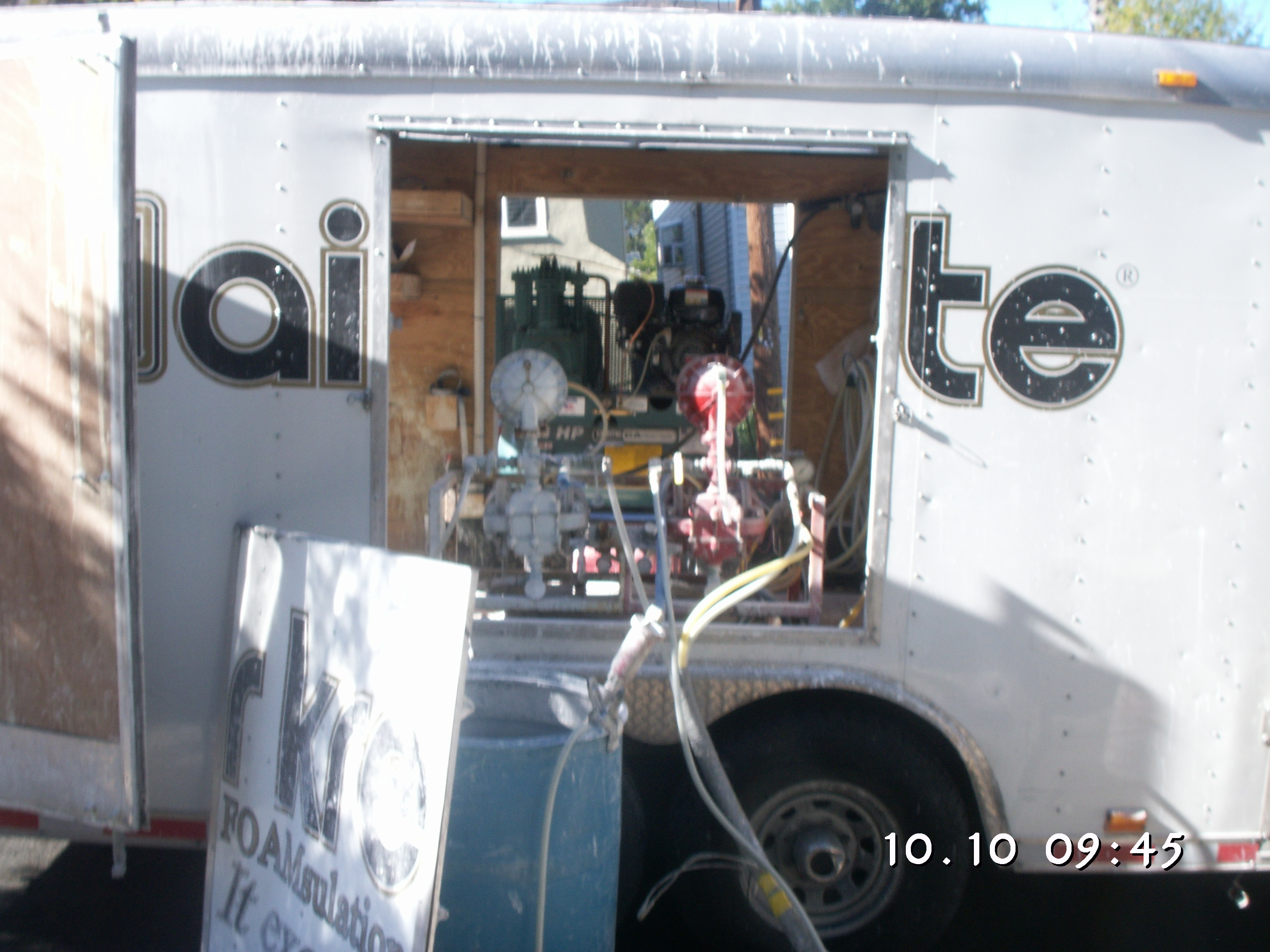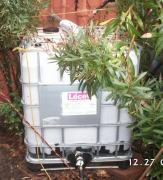Permaculture Self-Reliance: 8 Components of Personal Food Security
![]()
As someone who works in public relations for a permaculture guild, I often hear from people wanting to know what permaculture is all about. In a nutshell, permaculture is a set of design principles aimed at addressing human needs sustainably. Sustainable means ecologically, economically, and socially. We can divide human needs into five broad categories: food, water, shelter, energy, and community.
 By this point in the project we were running about a month behind schedule and with bad weather just around the corner, we couldnt afford any delays. Just before our insulation was scheduled to go in, disaster struck. Our local insulator's equipment broke down, it wasn't going to be repaired in time, and there were no other local providers for
By this point in the project we were running about a month behind schedule and with bad weather just around the corner, we couldnt afford any delays. Just before our insulation was scheduled to go in, disaster struck. Our local insulator's equipment broke down, it wasn't going to be repaired in time, and there were no other local providers for  Our home renovation project also included replacing the old flat tar and gravel roof with a new, sloped metal roof. A sloped roof is of course much better for mounting the solar panels, and we selected a single-plane south-facing roof that faces south so that we would get good panel-placement options. We selected a metal roof because this style is best for
Our home renovation project also included replacing the old flat tar and gravel roof with a new, sloped metal roof. A sloped roof is of course much better for mounting the solar panels, and we selected a single-plane south-facing roof that faces south so that we would get good panel-placement options. We selected a metal roof because this style is best for  The Back-to-School ritual that happens ever fall is one of those tides of consumption that periodically sweeps over us in our lives. We can easily avoid the pit fall of clothing right now as our son is still young and having new trendy things is not important to him. We are very proud of our little guy who gladly accepts cast-offs and thrift store clothes. This may ch
The Back-to-School ritual that happens ever fall is one of those tides of consumption that periodically sweeps over us in our lives. We can easily avoid the pit fall of clothing right now as our son is still young and having new trendy things is not important to him. We are very proud of our little guy who gladly accepts cast-offs and thrift store clothes. This may ch Well, since my husband and I signed up to Riot 4 Austerity this year, we have been taking a close look at the 7 basic areas and their relationship to our life style. We passed with flying colors in 4 areas. The areas we found that we could really reduce our impact was driving, natural gas and food.
Well, since my husband and I signed up to Riot 4 Austerity this year, we have been taking a close look at the 7 basic areas and their relationship to our life style. We passed with flying colors in 4 areas. The areas we found that we could really reduce our impact was driving, natural gas and food.